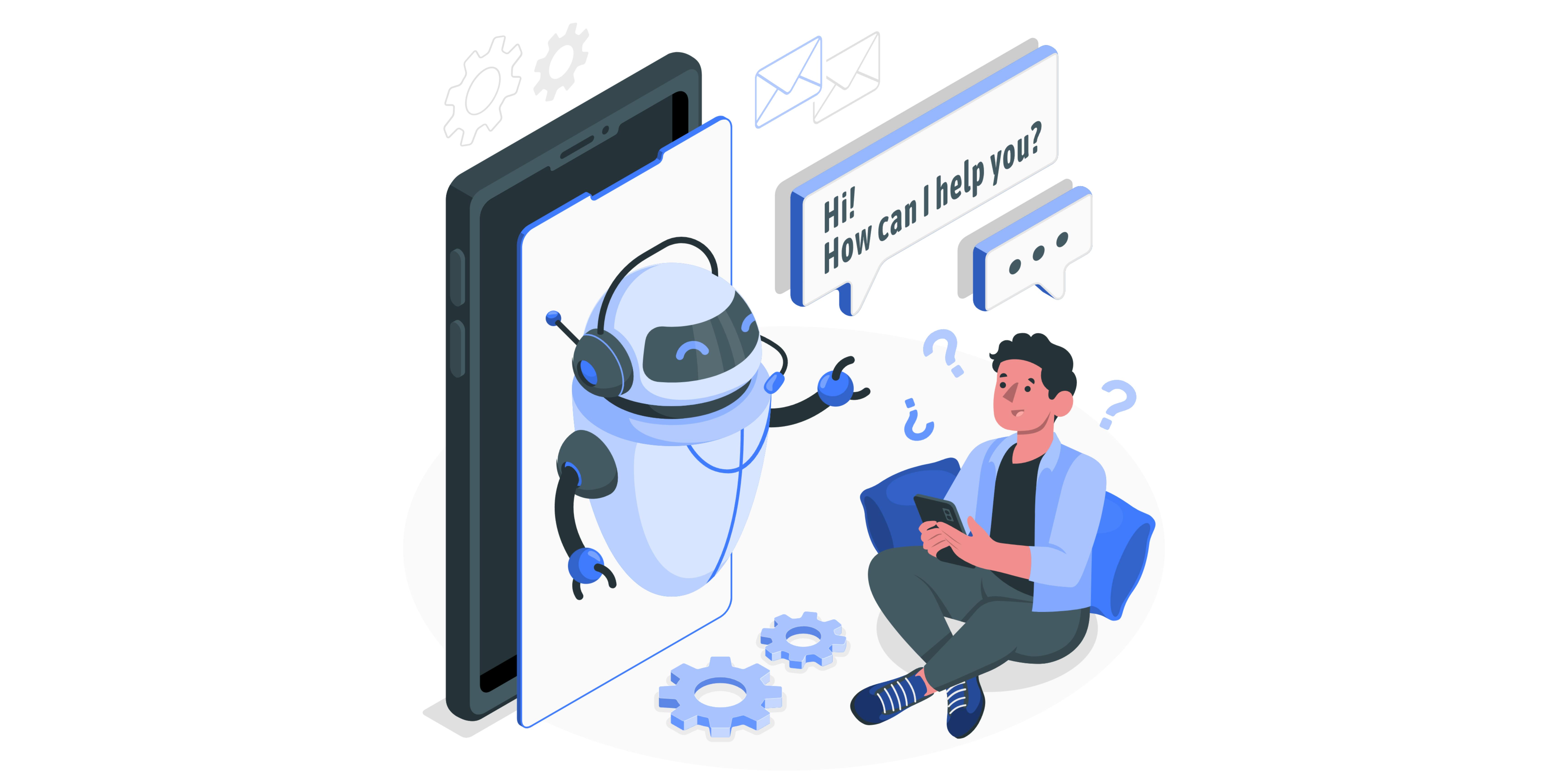How to Use ChatGPT to Learn Anything!

In the digital age, learning has taken on a new dimension, thanks to advancements in artificial intelligence. One such breakthrough is ChatGPT, a powerful language model that can help you learn a wide range of topics effectively. Whether you're a student, a professional, or a curious individual, harnessing the potential of ChatGPT can open up exciting possibilities for expanding your knowledge. In this blog, we'll explore the strategies and techniques to use ChatGPT as a valuable learning tool.
Start with a Clear Learning Goal:
Before diving into your interaction with ChatGPT, define your learning objective. Are you seeking an overview of a complex concept, clarification on a particular topic, or guidance on a specific problem? By setting a clear goal, you can structure your interactions more effectively.
Craft Thoughtful Prompts:
The quality of your prompts plays a pivotal role in obtaining accurate and useful responses. Clearly articulate your question or request, and consider providing context to help ChatGPT understand your needs. Specific prompts yield more precise answers, so break down complex questions into simpler components if necessary.
Use Follow-up Questions:
Treat your interactions with ChatGPT as a dynamic conversation. If the initial response doesn't fully address your query, don't hesitate to ask follow-up questions to refine the information provided. This iterative approach can lead to deeper insights and a more comprehensive understanding.
Seek Explanations and Examples:
When learning a new topic, it's essential to grasp not only the surface-level information but also the underlying concepts. Ask ChatGPT to explain complex ideas in simpler terms, and request relevant examples to solidify your understanding.
Leverage External Resources:
ChatGPT can be a bridge to external information sources. If you're exploring a topic, you can ask ChatGPT to summarize or elaborate on information from reliable sources you've come across. This allows you to amalgamate AI-generated insights with verified data.
Collaborative Problem Solving:
If you're stuck on a problem or concept, use ChatGPT to brainstorm and generate ideas. Describe the challenge you're facing, and ask for suggestions, alternatives, or strategies to overcome the obstacle. This collaborative problem-solving approach can lead to innovative solutions.
Challenge and Verify:
While ChatGPT is a valuable learning tool, it's important to cross-reference the information it provides with other trusted sources. Engage in critical thinking and fact-checking to ensure the accuracy of the information you gather.
Provide Feedback:
The feedback you provide during interactions with ChatGPT can help fine-tune its responses over time. Use the thumbs-up and thumbs-down buttons to indicate when the information is helpful or when adjustments are needed.
Explore Diverse Perspectives:
One of the unique features of ChatGPT is its ability to generate responses in various tones and styles. Use this to your advantage by asking ChatGPT to explain a topic from different viewpoints or in different contexts, enriching your overall understanding.
Organize and Summarize
As you interact with ChatGPT, you'll likely accumulate a wealth of information. Periodically, summarize the key points or insights you've gained. This exercise helps reinforce your learning and organizes your newly acquired knowledge.
In conclusion, ChatGPT can be a powerful companion on your learning journey, capable of offering explanations, insights, and creative solutions. By setting clear goals, crafting effective prompts, and engaging in dynamic conversations, you can leverage this AI tool to expand your knowledge across a wide spectrum of subjects. Remember that while ChatGPT is a remarkable resource, it's most effective when used in conjunction with critical thinking and external verification. Happy learning!